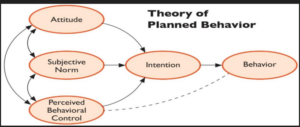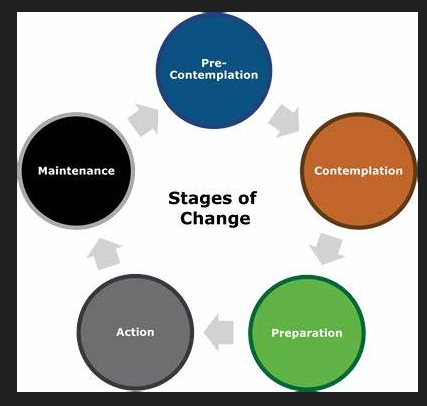Theoretical models
You can use theoretical models or frameworks to inform the development of successful public awareness campaigns as you consider the target audience and what you want the target audience to change1.
These models contribute to the effectiveness of the public awareness campaign by explaining the process that the target audience uses to make behavioral changes.

These models contribute to the effectiveness of the public awareness campaign by explaining the process that the target audience uses to make behavioral changes.
The theoretical models commonly used in child abuse prevention messaging are:
Theory of Planned Behavior
 Theory of Planned Behavior is that behaviors are immediately determined by behavioral intentions involving three factors:
Theory of Planned Behavior is that behaviors are immediately determined by behavioral intentions involving three factors:
- * attitudes toward behavior,
- * subjective norms, and
- * perceived behavioral control.
Using this theory, effective public awareness campaigns may promote the idea that behavior change is positive along with people believing that actual behavior change is possible (attitude and subjective norms) by building confidence and offering specific steps (perceived behavioral control).
Social Cognitive Theory
Social Cognitive Theory views people as active agents in that they learn by observing others and reproduce that learned behavior to maximize rewards. Individuals’ beliefs in their own abilities/self-efficacy influence whether or not they will reproduce an observed behavior. This theory is important in the development of public awareness campaigns, particularly the use of social media, to demonstrate desired behaviors and shape thinking through role models including testimonials.
Transtheoretical Model
Transtheoretical Model describes the process of change from one behavior to a more beneficial one and involves five different stages when addressing a behavioral change. Public awareness campaigns may be most effective when they target their message with the audience’s level of readiness to change.

Tailor the message to the target audience
Messaging presents facts about the key issue to educate the individual, community, or society. Your audience may vary in terms of knowledge of the topic.
Use Multiple communication methods
Keep in mind that all of us are exposed to messages and ads throughout our day.
Invest time and resources in evaluation
Messaging presents facts about the key issue to educate the individual, community, or society. Your audience may vary in terms of knowledge of the topic.